
It is a rare thing for a Russia-in-fiction novel to not have Moscow or St Petersburg in it. Yes, there are several that are set elsewhere in Russia, but even these tend to at least visit one or both of Russia’s current and former capitals. Kolymsky Heights is so absolutely determined to avoid them that its central character —sent into Russia by the CIA— enters and leaves by sea from the Far East of the country.
And ‘enters and leaves’ barely covers it. Jonny Porter’s journeys into and out of Russia are perhaps the most convoluted crossings in all the books reviewed on this blog. They take up about a third of this nearly 500-page story.
We will shorten them to a couple of sentences. Porter gets into the Far East of Russia disguised as a Korean seaman, working his passage on a Japanese trading vessel sailing from Nagasaki to Murmansk. He gets out across the ice of the frozen Bering Strait between Russia and Alaska, shot at and shelled by pursuing Russian soldiers.
But before getting too far into the rather fantastical plot of Kolymsky Heights, let’s retreat a little into context.
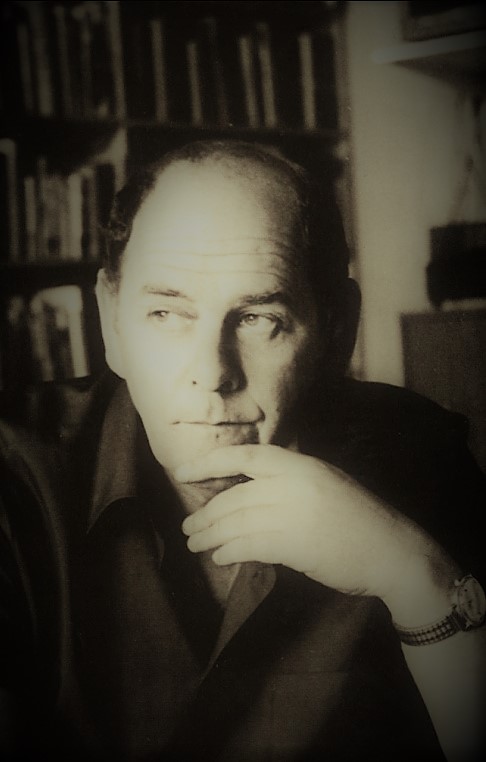
This year marks the 100th anniversary of Lionel Davidson’s birth, on the last day of March 1922, in the city of Hull, East Yorkshire.
Alongside a few children’s books, Davidson wrote seven novels for adults between 1960 and 1978. He then stopped, until Kolymsky Heights was published in 1994. Russia in Fiction first read it soon after that. Davidson’s books were fairly well known in his lifetime; receiving enthusiastic reviews, winning crime fiction awards, and —in the case of The Chelsea Murders (1978)— being adapted for television.
Lionel Davidson died in 2009. A few years later, Kolymsky Heights (1994) suddenly re-appeared, in a new edition, pushed by its publisher, Faber and Faber, and by the UK’s dominant bookselling chain, Waterstones. Multiple reviews followed, as if this were a new novel. Top British thriller writer Charles Cumming, called it ‘one of the great thrillers of the last century’.
Philip Pullman’s description of Kolymsky Heights as ‘the best thriller I’ve ever read’ was emblazoned across the re-published book’s front cover, and backed up by a Pullman-penned introduction that heaps further praise
I’m more than ever convinced that this is the best thriller I’ve ever read, and that now Lionel Davidson is dead, I’m unlikely to read a better one … This is the best there is.
Introduction to 2015 edition of ‘KOlymsky Heights’
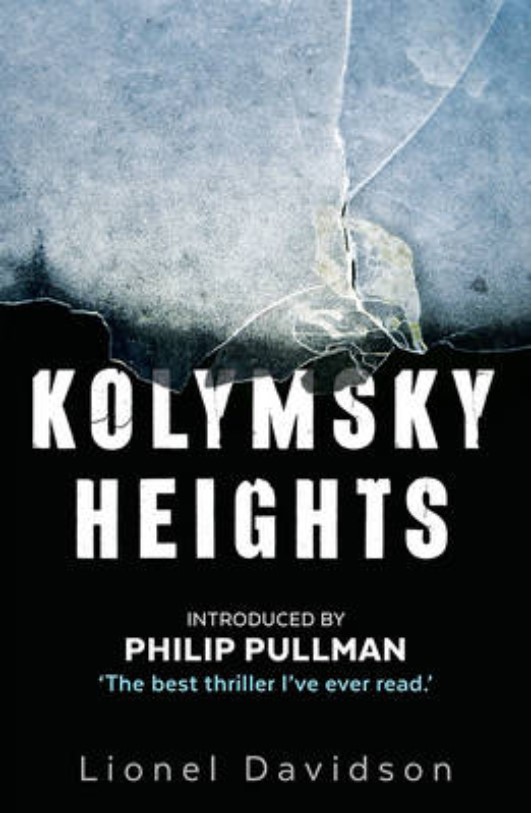
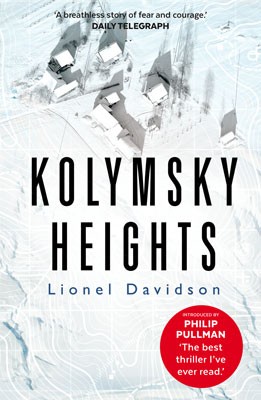
Russia in Fiction is all in favour of reviving good books, and the spread of e-book technology in the past 15 years or so has made available many a popular thriller from decades ago — for example, John Trenhaile’s General Povin trilogy from the 1980s, Gerald A. Browne’s Hot Siberian (1989), and the dozens of decades-spanning books in the back catalogue of prolific authors such as Ted Allbeury, Brian Freemantle, and Stuart Kaminsky.
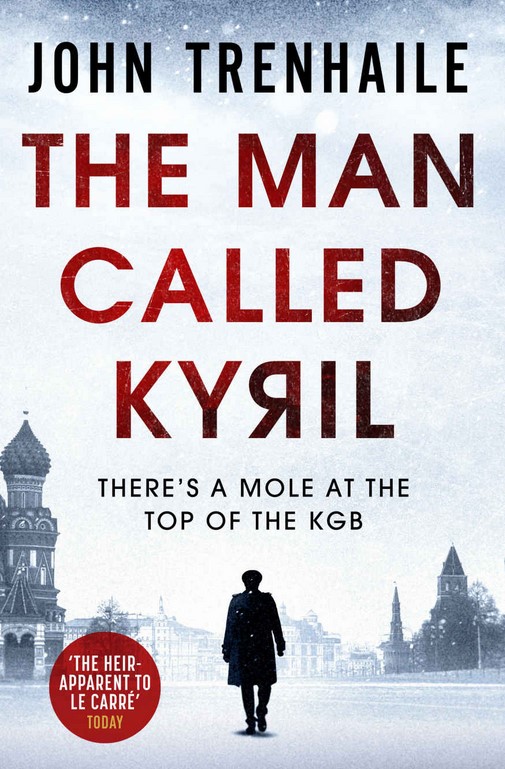
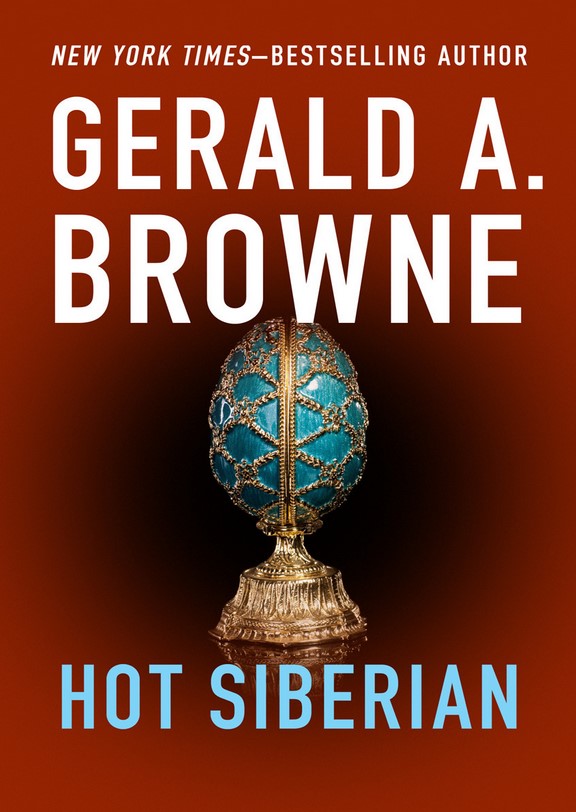
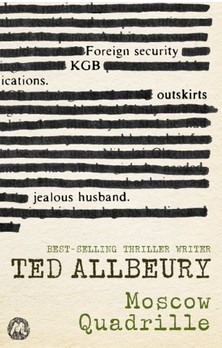

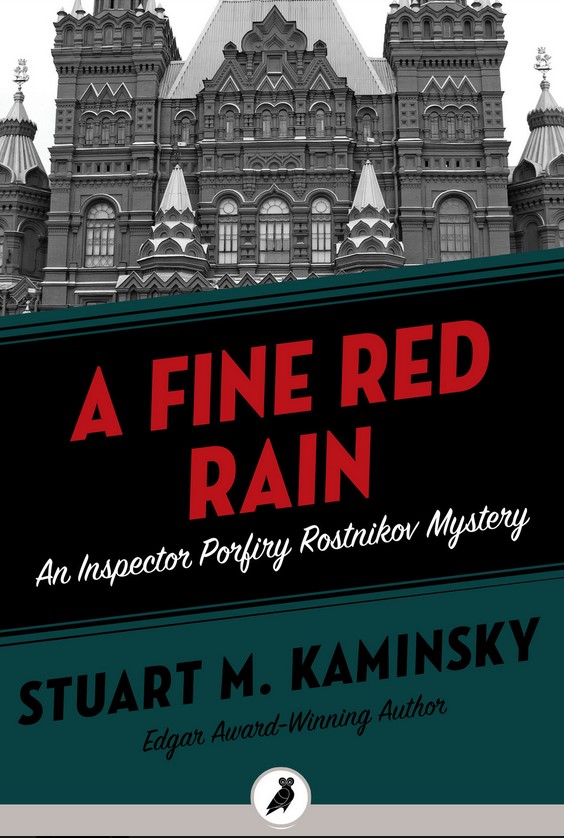
Re-issuing novels as e-books is one thing, but the re-launch of Kolymsky Heights was a full-on, hard copy new edition, with a strong marketing push. It seems to have worked, with sales boosted —no doubt helped by fans of Philip Pullman following his recommendation— and a major UK TV production company optioning the novel for a long-form screen version.
There is little doubt that Kolymsky Heights is a stand-out work. Russia in Fiction would not follow Pullman in calling it ‘the best thriller ever’, but he has set a high bar there, and such ‘greatest of all time’ accolades are in any case the definition of subjective.
Plot-wise, Kolymsky Heights has the CIA inserting a freelance agent into a remote top secret Russian research station in the far north of Siberia in order to meet up with a dying Russian scientist stationed there and bring out the information that he has clandestinely offered to the West.
The agent, Jonny Porter, is a Canadian of First Nation ethnicity, specifically the Gitxsan people of what is now British Columbia. This fact, coupled with superb linguistic skills, apparently makes him able to pass not only as a Korean seaman, but also as a native of both the Chukchi and the Evenk people in northern Siberia. Porter couples these incredible traits with physical strength, fighting skills, and the engineering know-how to operate maritime machinery and build himself —in a cave, just off a frozen river bed, miles from anywhere— a car from parts incrementally scrounged from his truck company employer in the Russian Far North. And he has a PhD. And women seem to be instantly attracted to him. So far, so fictional hero.
But we move a little outside of standard thriller fare when it turns out that the secret activity in the remote research centre is the breeding, via genetic manipulation, of intelligent and hardy apes. Porter is introduced to the star result of decades of work — Ludmilla, a female ape, wearing a nightie, and able to speak, and to read, although she has been blinded in an accident and ‘sees’ by means of a pair of glasses with electrodes attached. Even here, in this bizarre scenario, anyone familiar with the attempts of Soviet biologist Ilya Ivanov to cross-breed apes and humans in the 1920s will recognise a flight of fancy that is not completely without factual antecedent.
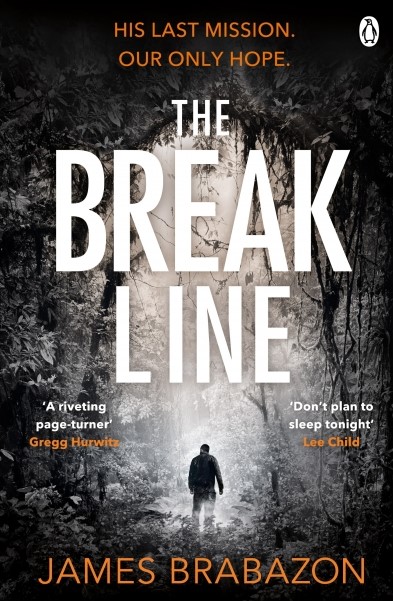
And anyone who has read James Brabazon’s The Break Line (2018) will know that Lionel Davidson was not the last thriller writer to build a plot around discovering a remote Russian research facility dabbling in ‘humanzee’ genetics.
It is not just the research centre scenes that take Kolymsky Heights away from the norms of most thrillers. What makes the novel stand out is the setting in Russia’s Far North, and the meticulous, detailed manner in which Davidson walks the reader through every step of Porter’s travels to, activities within, and escape from this vast desolate region. The Russia in this fiction is a world away from urban and European Russia, and the story embeds itself in such frozen isolation. A sense of distance inhabits every plot development. Sparseness of population means that close-knit communities know who is who; Porter cannot disappear in any big city crowds, but has to integrate convincingly.
Forget genetic modifications and secret research facilities, Kolymsky Heights is a novel about Dr Jonny Porter getting to, blending into, and fleeing from the empty freezing wilderness of Russia’s Far North East.
In this respect —as pointed out on the excellent Spy Write blog here— it carries echoes of Carmichael Smith’s 1949 novel Atomsk; a book Russia in Fiction was not aware of until reading Spy Write’s post.
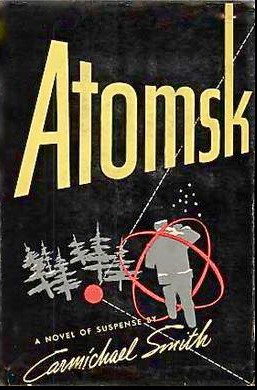
Russia in Fiction is pleased to see that Atomsk is yet another beneficiary of e-book republishing; for a little over two quid, we are now happily reading it.
The title Kolymsky Heights refers to the mountains of the Kolyma region, an area infamous for the harshest and remotest outposts of the Gulag labour camp system under Stalin — as set out unsparingly in Varlam Shalamov’s Kolyma Tales. Based on Shalamov’s own imprisonment during the Stalin years, a manuscript of several Kolyma Tales was smuggled out of the Soviet Union in the 1960s, published in English in 1980, and finally in Russian in the Soviet Union in 1989.
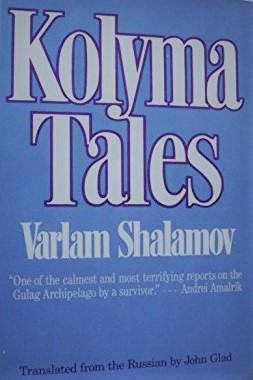
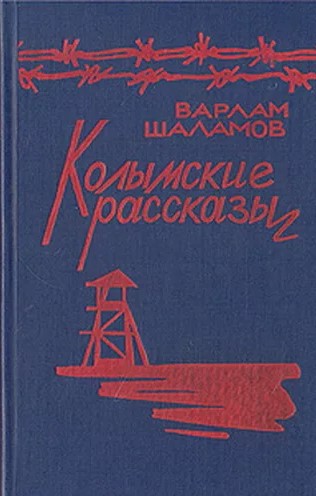
It was not until 2018 and 2020 that complete English language versions based on the authorised Russian texts were brought out.
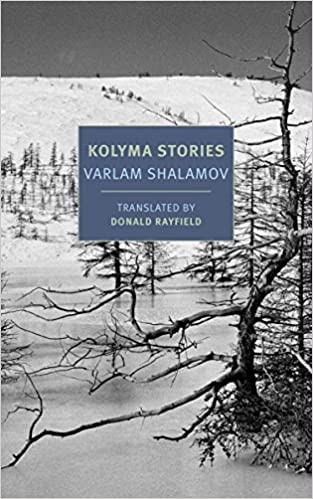
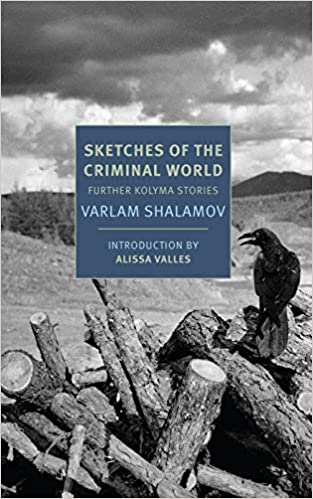
Kolymsky Heights is of course no Kolyma Tales. It is a fantastical spy thriller-cum-escape story. Unlike Philip Pullman, Russia in Fiction does not think Kolymsky Heights ‘the best thriller I’ve ever read’, but it certainly features in the list of books to read to get a sense of how Russia —deep, cold, empty, non-European Russia— is portrayed in contemporary English-language fiction. A good read, and essential for a knowledge of Russia in fiction.